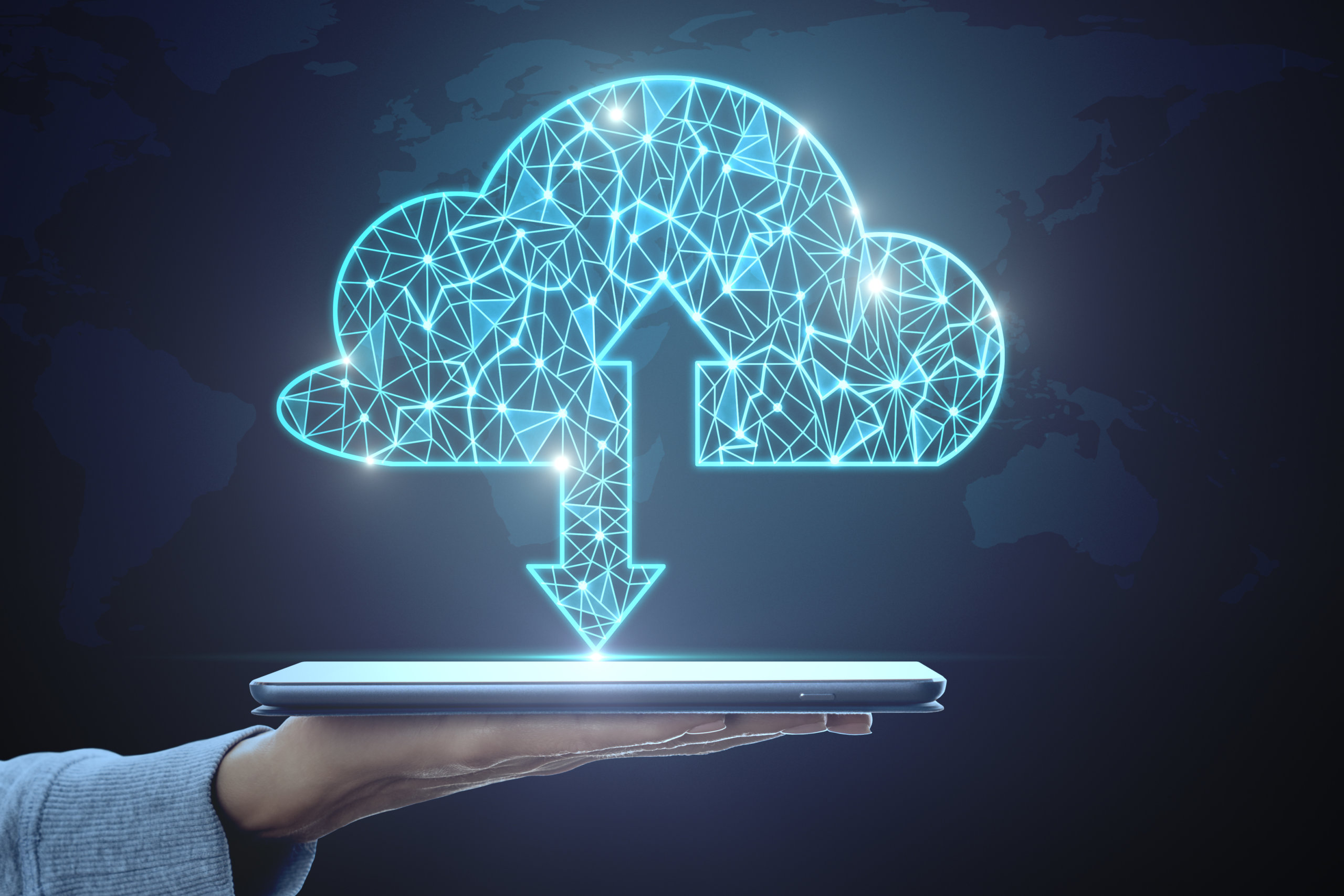
The Internet of Things (IoT) encompasses a lot of devices, sensors, software, and cloud technology. It’s the perfect way to boost your business’s revenues and gain insight into your customers and their habits using accurate data. Companies who utilize IoT and other emerging technologies to operate their businesses differently, more competitively, and smarter than before are known as “digital disruptors.”
But data from New York City-based IDC shows that only 5% of companies are actually digital disruptors. This could be because IoT and other emerging technologies often require substantial investment before they allow businesses to turn a profit again. It could also be because of poor technological implementations or endeavors that haven’t gone far enough. With edge computing, your IoT system can elevate operational efficiency, business insights, and give you real-time updates on your machinery and equipment.
Why Edge Computing?
Edge computing is used in IoT and IIoT (industrial IoT) systems to shift calculations and analysis from the cloud to the device itself. This saves the company cloud server costs, extends the life of each device, removes connectivity problems, and speeds up data analysis so the company can act faster. With edge computing, businesses run faster and become more agile, efficient, and responsive. Here are five steps to take to become an industry leader and digital disruptor.

#1 – Consolidate Your Internal Departments
In most enterprises, the business part of operations and the IT department are often on opposite sides in goals and responsibilities. While business operations are focused on market adaption, revenue growth, and developing new business models, the IT department is concentrated on governance, cost-reduction, and modernization. These competing departments can create a fractured business, and it can prevent you from reaching disruptor status before your competitor. To really make the best use of your IoT or IIoT system, you must fuse these departments together and have them work cohesively, collaboratively, and holistically for the good of the company.
#2: Share the Data
Once departments are working in tandem, set up your data pipelines so that everyone can access what they need and more. Integrate systems if you need to, so that your employees can analyze and generate actionable insights without hitting any roadblocks. With edge computing, real-time data will supplement the data already gathered, opening doors for new ideas, creative workarounds, and interesting projects from your employees. Just the simple act of sharing your data can ultimately improve the customer experience, inspire innovation, and transform your business.
#3: Build Solutions For Your Unique Problems
IoT applications are extremely extensible and flexible and can be applied in almost any way to solve a business’s problems. Edge computing enables enterprises to save on costs and improve business continuity by helping identify when and where repairs are needed before equipment failure occurs and costs your company thousands in lost revenue. IoT helps employees remotely control and monitor assets, which in turn increases the assets’ lifespan.
IoT also helps increase sales and revenue by transforming your products into “products-as-a-service”. This involves changing your current product to become connected, offering customers a more cohesive experience. For example, a printer company could transform their products into “smart printers” that require subscription services for ink and repair checks.
IoT can also elevate your company in your customers’ eyes. By gaining more insights into and understanding of your customers, you can optimize your business operations, marketing, and customer service. This improved customer experience drives more purchases, better word-of-mouth referrals, and lasting relationships with customers.
This is just the tip of the iceberg with IoT, however. Using edge computing and IoT, your enterprise can solve almost any problem relating to equipment, customers, revenue, and operations under the sun.
#4: Fortify Your Infrastructure
Because edge computing is itself an emerging technology, current IoT systems might need an upgraded architecture to accommodate edge computing. Edge analytics require a robust IT department and on-premises infrastructure (since the cloud isn’t utilized as much). Don’t make the mistake of leaving out your IT department in the ideation phase of a new IoT system and especially during the discussion of an upgraded IoT infrastructure.
Edge computing also requires continuous connectivity, so if your physical location has connectivity problems, be sure to fortify your Wi-Fi and have a back-up system in place. Maintain a distributed architecture that can handle problems with ease. Although these upgrades can be costly, they are worth the peace of mind and prevent massive losses in revenue and sales.
#5: Use Your Amazing Analytics
By implementing edge computing, your enterprise is going to have much better-than-average and faster-than-average analytics. It’s expensive to transmit large amounts of data to cloud servers, utilize big data and AI, and receive data back. Edge computing is extremely valuable in optimizing data transfer and analysis, but it will require another software to add to the current mix.
When you’re choosing a solution for streaming analytics, be sure to ask a few key questions to ensure the analysis is truly “real-time”:
- How many software engineers will you need to architect and build your customized analytics solution?
- Will you need IT to manually push firmware updates and software configurations to the edge?
- Will analytics be accessible to whoever you want in your organization?
- Will you be able to connect third-party products that benefit the rest of the business?
- Can you connect to third-party products that optimize the other parts of the business?
- Will your business have full control of the device from a management and support perspective?
- Will there be a data capture pipeline to plug into in order to reduce the latency of actionable insights?
Now, Go Disrupt!
Using IoT and edge computing, digital disruptors are checking inventory on industrial machines, monitoring water meters, and even remotely managing conveyor belts. What will you do with these two disruptive technologies in your own business?






